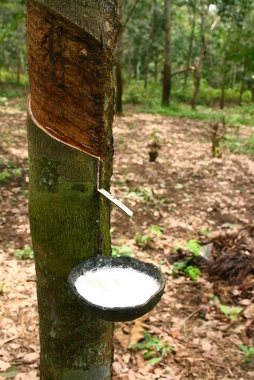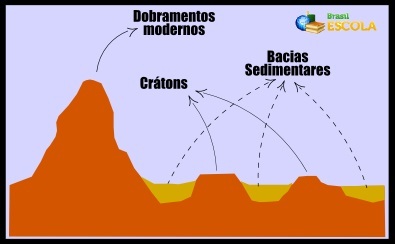When we consume an industrialized product – a pencil, for example – we are using a product that has been transformed. This means that a base material (in the case of pencils, wood) was used and modified by an industrial or craft technique so that it could serve a certain purpose.
This "base material" used to produce a particular good is calledraw material.
Therefore, raw material they are materials taken from nature or produced in rural areas to be transformed into goods. In many cases, the raw material itself can be directly used by the consumer, such as vegetables and fruits, as it does not need to be industrially processed.
Nowadays, raw materials are strategically important in the global economy, as without them it would not be possible to obtain practically everything we use in our day to day, as every product or merchandise came from the transformation of one or more raw material. Thus, if, for example, their price increases, it is very likely that the final product resulting from them will also become more expensive.
There are several types of raw materials according to the sectors they come from. There are ores, which are extracted from the ground (such as gold, diamonds and others); plant-derived materials extracted from plants (such as the latex used to make rubber); those of agricultural origin (such as corn, cotton, soybean, among others); and there is also the livestock, with animal exploitation (such as meat, milk and many other examples).

The latex is extracted from the rubber tree for the production of rubber
In the economic world, it is extremely important that countries have the means to produce their own raw material for easier manufacturing of their products. In many cases, countries are unable to produce it due to the limitations of their territories or because their consumption level is very high, which makes them import (buy) primary products from others countries.
Thus, most countries considered developed import raw materials, while, on the other hand, most underdeveloped countries turn to exporting such elements, as their economies are little industrialized and they do not have many conditions to transform their natural environments into goods for the consumption.
By Me. Rodolfo Alves Pena


